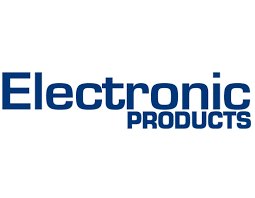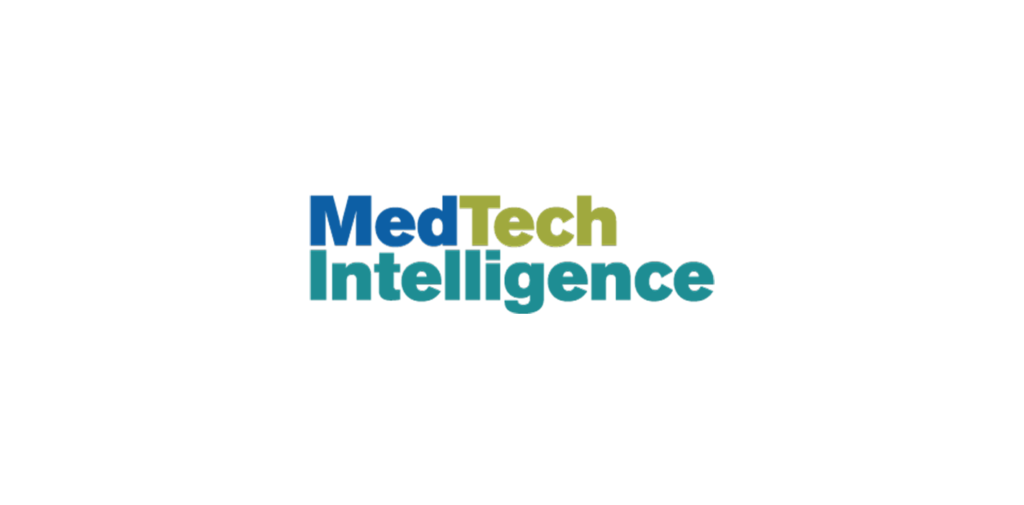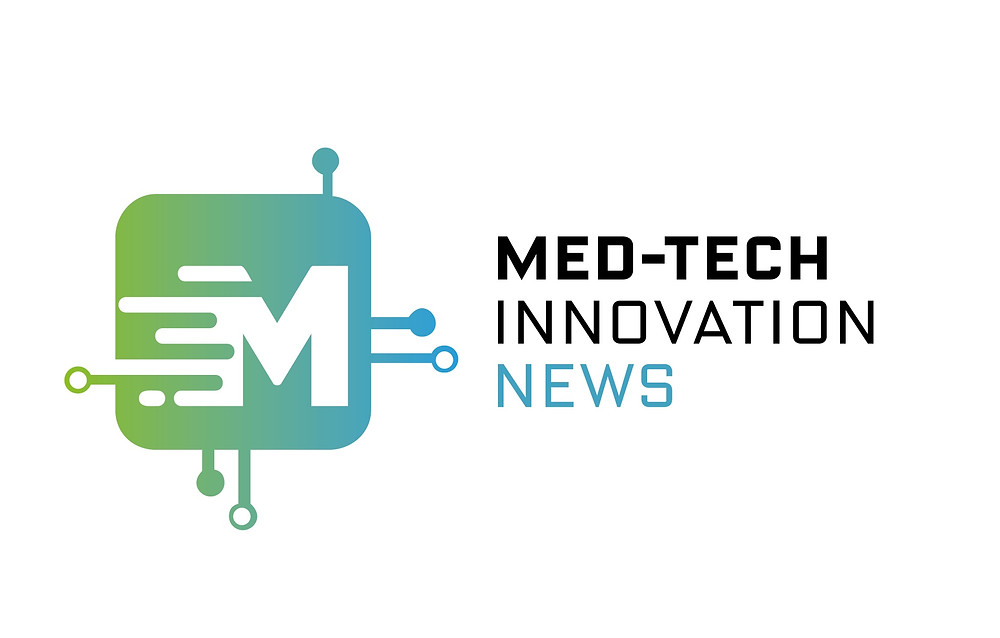In the News
Protecting connected RPM solutions
Many legislative and regulatory mandates or guidelines are now moving the industry toward an internet of medical things that builds on proven, multi-layered security strategies. These strategies have already proven successful in applications like diabetes management and medication adherence and can be extended to pacemakers, cardiac monitors and many other safety-critical connected remote patient monitoring…
Curing MedTech’s Cybersecurity Contagion
There is growing and coordinated momentum behind the goal of ensuring connected medical devices improve people’s lives without introducing them to cybersecurity threats and associated safety risks. There also is a proven playbook for implementing the type of multi-layered, security-by-design strategies these initiatives advocate.
Medtech cybersecurity compliance
Passage of the Omnibus bill has given the FDA statutory authority to create a world where no one who benefits from connected medical technologies must worry about hackers trying to exploit these technologies. The latest draft FDA guidance takes another big step toward aligning medical device requirements with the industry’s proven cybersecurity best practices. Equally…
Securing real-time location system solutions
Real-time location system (RTLS) solutions got their start in government and the military during the 1990s, and have since been adopted in manufacturing, logistics and aerospace, among other applications. More recently they are seeing growing use in healthcare consignment inventory management and retail item tracking. In both applications, RTLS must be implemented with a security-by-design…
Improve Operational Efficiency And Combat Fraud With Secure Real-Time Location Systems
Today’s IoT-based RTLS systems can ensure that high-value consumer products are accurately accounted for to the retail point of sale. To be successful, however, the solutions must be protected from cyber threats at each step of the journey using a multi-layered, “security-by-design” strategy that ensures continuous availability of critical inventory status for all items and…
Reimagining remote patient monitoring
Telemedicine, or telehealth, enables health-care providers to deliver care via technology and, in many cases, virtually via a telehealth software app that is accessible on a smartphone, tablet, or desktop. But it is much more than that now with wellness trackers that can be integrated into a patient’s health-care records and remote patient monitoring (RPM)…
Smart Solutions To Improve Patient Compliance
Numerous studies have explored the challenge of helping patients adhere to their medication regimens. One promising solution is “smart” medication blister packs with embedded sensors that enable caregivers to remotely monitor if—and when—doses are removed. But they can only be used if they are cyber-hardened against today’s dangerous and ever-evolving cybersecurity risks.
Protecting Industry 4.0 assets in the IoT
IoT technology is central to Industry 4.0 in applications ranging from indoor asset location awareness and consignment inventory management to retail item tracking and full, 360˚ track-and-trace processes. Hardware-based, or device, security in these and other applications is often neglected. This is particularly dangerous as the industry seeks to control processes using commercial smartphones, which…
Preventing connected medical devices from threatening security
In the rapidly expanding Internet of Medical Things (IoMT), many connected devices unintentionally create life-threatening security risks and jeopardise hospital operations. From decades-old legacy hospital equipment to the latest implantable products controlled by smartphones, these devices share common vulnerabilities. But while many mistakenly believe that IoMT security requires that each of these devices incorporate built-in…
Protecting hospitals from supply-chain counterfeits and other security threats
Chief security officers and other stakeholders protecting the integrity of healthcare organization supply chains face growing challenges. Thirdwayv’s Vinay Gokhale, VP of Business Development, shares in this article in Security Magazine how smarter, connected supply chains carrying a flow of smarter, connected devices may simplify management and improve efficiency, but they also bring security risks…
Multi-Layered Security is Best Antidote Against Internet of Medical Things (IoMT) Cyberattacks
The chronic security ills of connected medical devices have now become a progressive, systemic disease during the pandemic as practitioners grow increasingly reliant on remote patient monitoring, telemedicine and other long-distance IoMT-based care models. Threats abound inside the hospital, too, including those related to legacy wired Ethernet medical systems ranging from anesthesia machines and MRIs…
How to Protect Hospitals from Consignment Counterfeits and Other Threats in Today’s Internet of Medical Things
Internet of Medical Things (IoMT) technology is central to healthcare delivery in applications ranging from connected implantable devices to streamlining the supply chain. Device security in these and other applications is often neglected, which is particularly dangerous as the industry moves to an Internet of Things (IoT) device command-and-control model. Using commercial smartphones with built-in…
Internet of Medical Things: Combatting Connected Health Security Threats
The healthcare industry increasingly relies on IoT networks to securely connect a growing variety of medical devices and equipment. These connected devices are transforming processes and the continuum of care in applications ranging from a hospital’s consignment inventory management to remotely controlling insulin pumps, heart-rate monitors, and other implantable devices using smartphones…
New Products and Services: November 2020 Medical Design Briefs
Thirdwayv, Irvine, CA, has added a new solution to its family of connectivity and security-by-design building blocks for deploying mission-critical commercial and enterprise Internet of Things (IoT) applications. The SeamlessConnect solution ensures that IoT devices can continuously send and receive data from the cloud. Designed to improve connectivity of an IoT system, it can be…
Making Connected Health Safe and Secure Under Smartphone Control
The security of insulin pumps, heart-rate monitors and other medical devices that are connected in Internet of Things (IoT) Systems is often simply assumed to exist. An equally dangerous mistake is to believe adequate security is prohibitively expensive to add, especially as a growing percentage of connected health systems move under smartphone control. Solution providers…
Protecting Patients and Their Data from Cyberattacks Aimed at Their Connected Health Devices
The security of connected health technology is often assumed to exist when it does not, or considered to be prohibitively expensive or complex, or, worst of all, relegated to an afterthought. This is dangerous thinking, especially as the industry increasingly moves to a smartphone-based command-and-control model for these safety-critical applications…
Are designers taking IoT security seriously enough?
Vinay Gokhale, vice president business development, Thirdwayv, believes the security of connected health-care devices is, in too many instances, not considered carefully enough. What’s worse, he said, is some solution providers believe that security simply cannot be implemented cost-effectively. Mitigating security threats in connected health-care devices can be achieved through a multi-layered, security-by-design approach that minimizes cost…
Solving the security challenge in connected health-care devices
Connecting insulin pumps, heart-rate monitors, and other medical devices in the IoT has transformed patient care. But the security of these solutions is, in too many instances, not considered carefully enough. Worse, some solution providers believe that security simply cannot be implemented cost-effectively. This becomes particularly dangerous thinking as the industry moves to a command-and-control…














